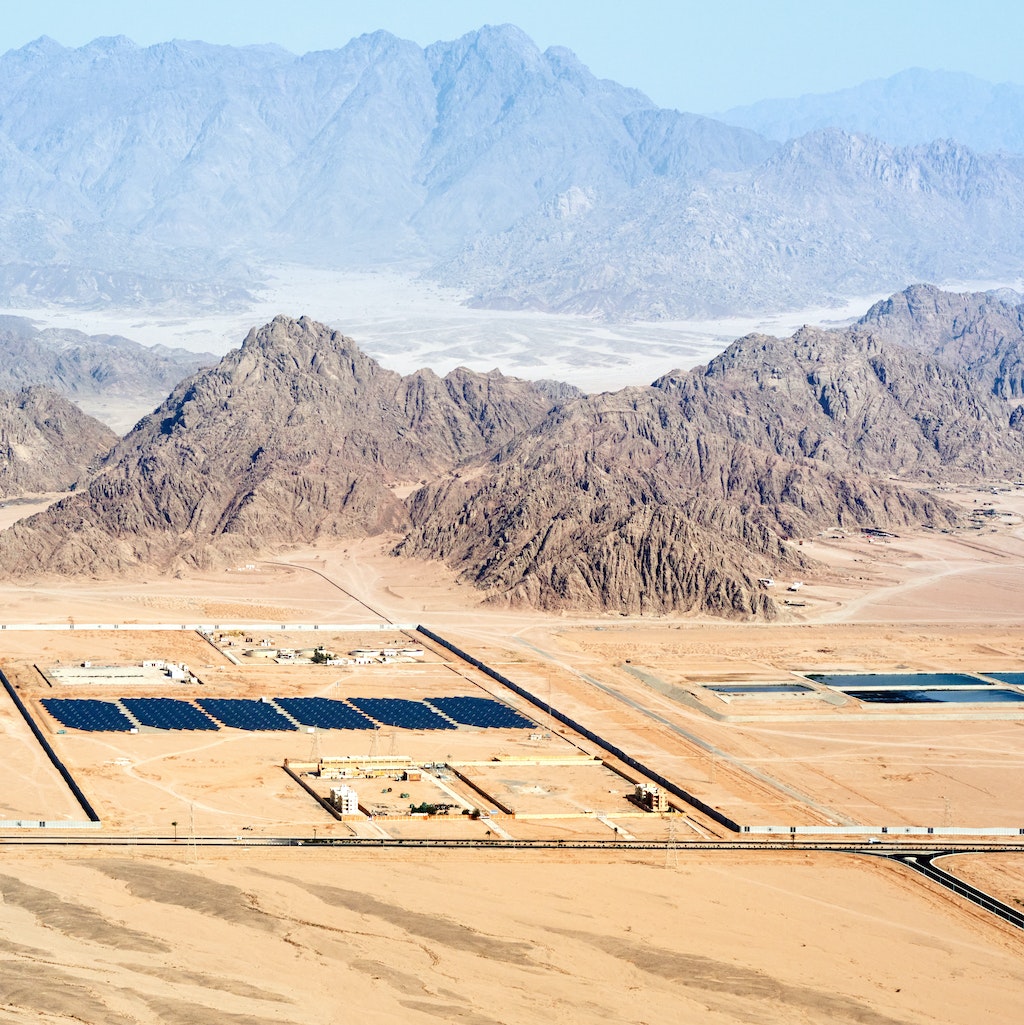Energy Access
Achieving modern energy for all by 2030 seems unlikely
Energy access in the world
The United Nation’s Sustainable Development Goal 7 is to “ensure access to affordable, reliable and modern energy for all by 2030,” including universal access to electricity and clean cooking, a greater share of renewables in the energy mix, and a doubling of the rate of improvement of energy efficiency. Achieving full access by 2030 will require connecting almost 100 million people every year, but the world is not on track to reach this goal.
The IEA is at the forefront of international efforts to assess and understand the persistent energy access deficit and chart a pathway to energy for all by 2030.
Number of people without access to clean cooking by scenario, 2021-2030
Open75 million people are likely to lose access to electricity as prices rise
The projected rising share of electricity in global final energy consumption is associated with a huge overall increase in global electricity demand – with the bulk of this growth coming from emerging market and developing economies – and the need for constant vigilance from policy makers to a range of risks to electricity security, in particular the ever increasing need for flexible operation of power systems.
Global sustainable recovery spending by governments in response to Covid-19 compared to green spending levels enacted in post-global financial crisis stimulus plans
OpenGovernments worldwide have mobilised fiscal support aimed at stabilising and rebuilding their economies in response to the Covid-19 crisis
The IEA Sustainable Recovery Tracker measures global recovery plans by monitoring energy-related policies and government spending on clean energy measures by country and by sector in the wake of the pandemic. Also, by evaluating the actual impact on total public and private recovery spending on clean energy measures. The Tracker relies on new, extensive policy analysis conducted by the IEA, including new modelling to estimate how much government spending mobilises private sector participation by region and measure type.
Key analysis
Our work on energy access
The ISGAN TCP is a strategic platform to support high-level government attention and action for the accelerated development and deployment of smarter, cleaner electricity grids around the world. Operating as both an initiative of the Clean Energy Ministerial, and as a TCP, the ISGAN TCP provides an important channel for communication of experience, trends, lessons learned, and visions in support of clean energy objectives as well as new flexible and resilient solutions for smart grids.
The Users TCP’s mission is to provide evidence from socio-technical research on the design, social acceptance and usability of clean energy technologies to inform policy making for clean, efficient and secure energy transitions. Decarbonisation, decentralisation and digitalisation are embedding energy technologies in the heart of our communities. Communities’ response to these changes and use of energy technologies will determine the success of our energy systems. Poorly designed energy policies, and technologies that do not satisfy users’ needs, lead to ‘performance gaps’ that are both energy and economically inefficient. User-centred energy systems are therefore critical for delivering socially and politically acceptable energy transitions.
Related sectoral Technology Collaboration Programmes (TCP)
Other related analysis
-
Energy access and air pollution
Net Zero Emissions Guide
-

SDG7: Data and Projections
Access to affordable, reliable, sustainable and modern energy for all
-
Access to electricity improves slightly in 2023, but still far from the pace needed to meet SDG7
-
Empowering people – the role of local energy communities in clean energy transitions
-
How to maximise the social benefits of clean energy policies for low-income households
-

A Vision for Clean Cooking Access for All
World Energy Outlook Special Report
-
A new energy pact for Africa
-
Tracking SDG7: The Energy Progress Report, 2023
